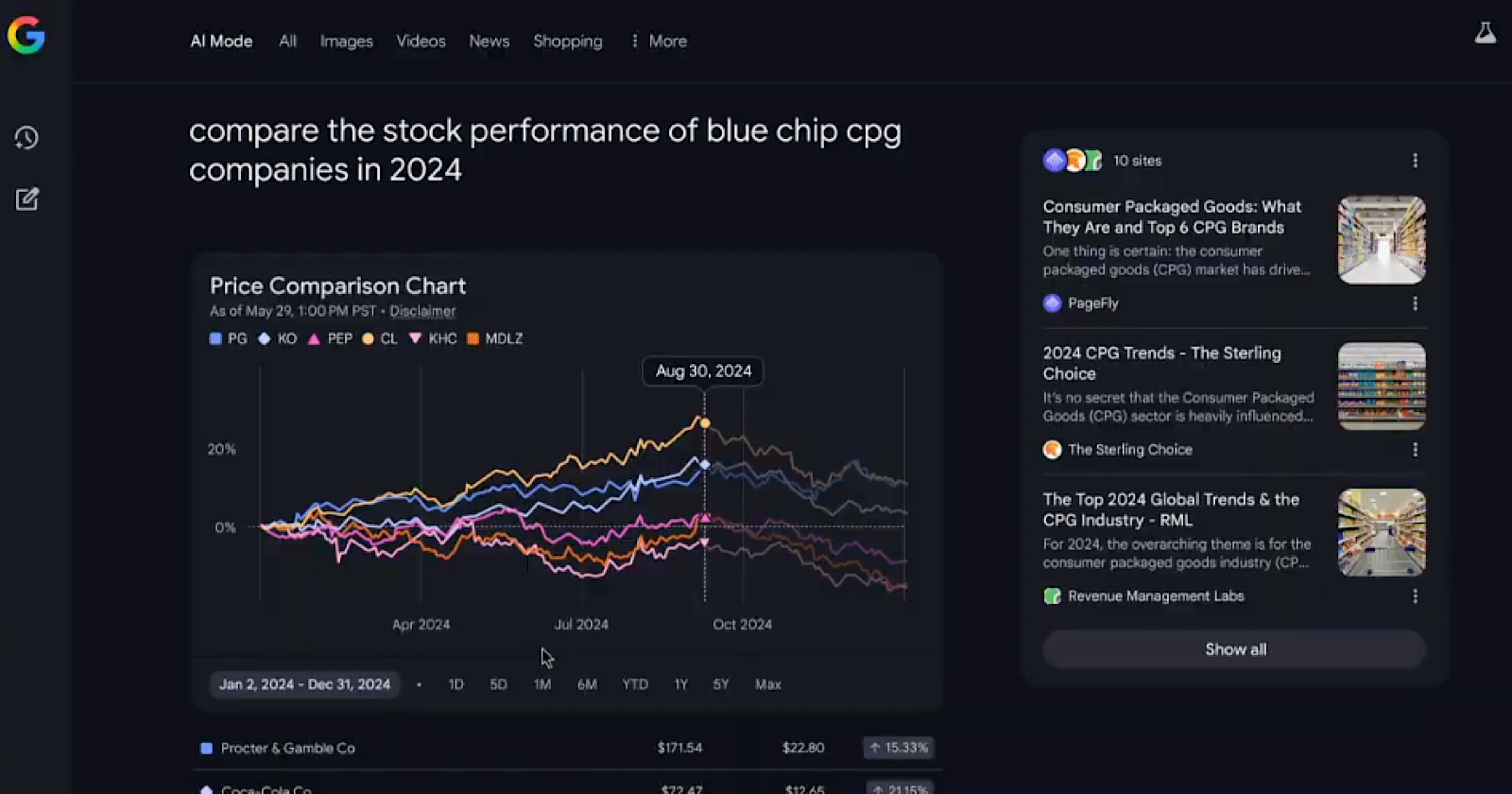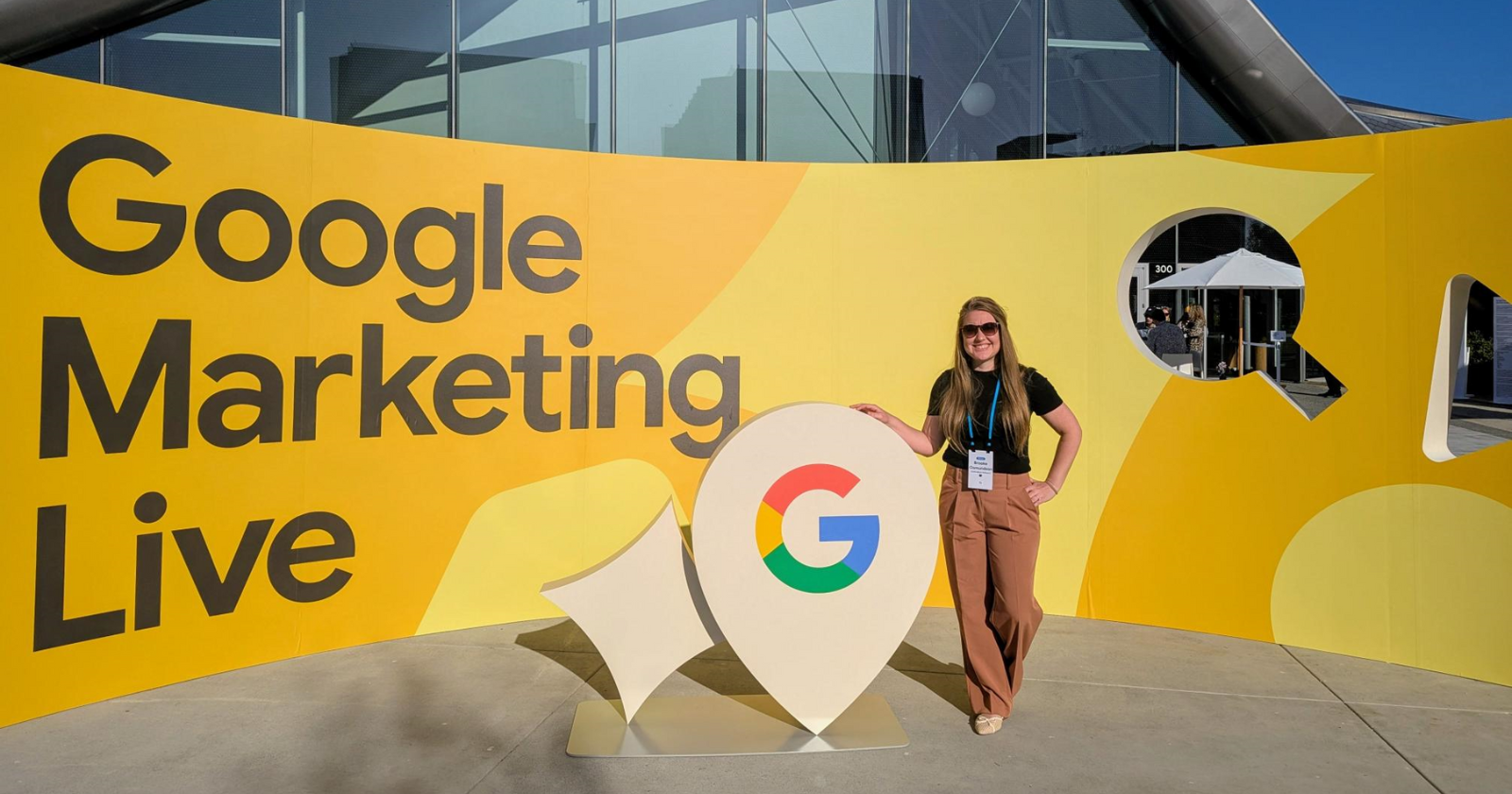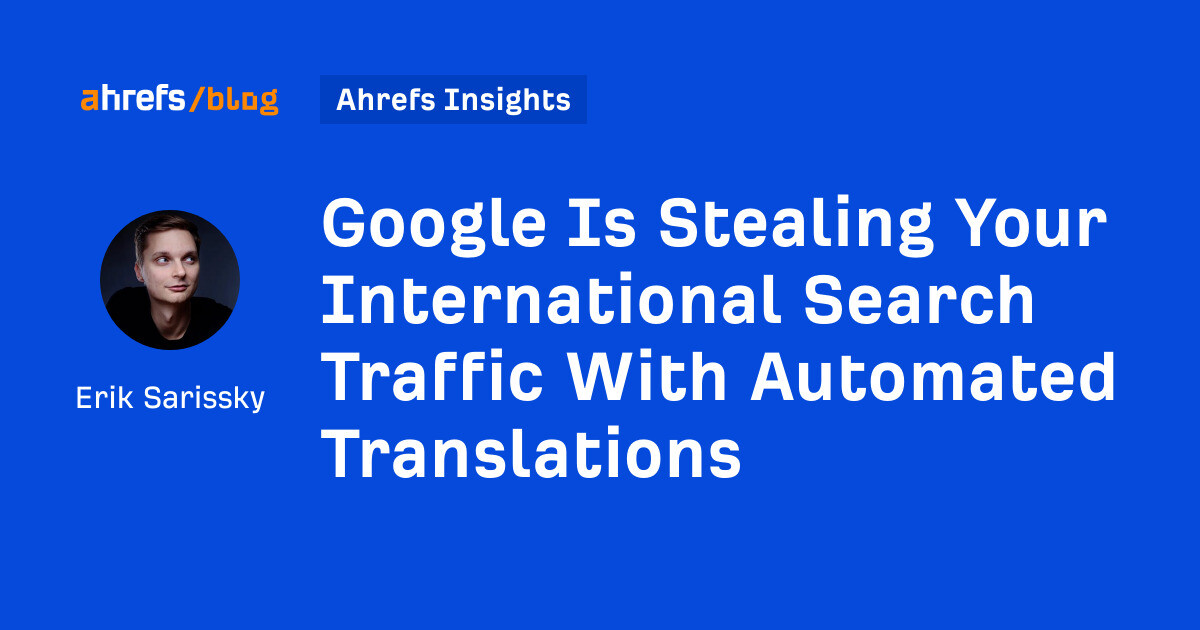Hidden channels, trusted voices: Why employee-led communication is the future of culture
To build a culture of trust, the smartest organizations are turning everyday employee interactions into powerful, authentic communication channels. Executives talk a lot about trust. The real part is all about earning it! It is not about the ever-so-long speech or the polished intranet update that defines what employees believe. It is the recurring messages […] The post Hidden channels, trusted voices: Why employee-led communication is the future of culture appeared first on Ragan Communications.

To build a culture of trust, the smartest organizations are turning everyday employee interactions into powerful, authentic communication channels.
Executives talk a lot about trust. The real part is all about earning it!
It is not about the ever-so-long speech or the polished intranet update that defines what employees believe. It is the recurring messages they see in motion, the way managers share updates, the peer voices spotlighted in Teams and even the line beneath someone’s email. These aren’t broadcast moments, they’re embedded signals. It is where culture is truly reinforced, or quietly undone.
The companies getting internal comms right in 2025 aren’t the ones speaking the loudest. They’re the ones designing systems that let employees speak clearly, consistently, and credibly, often through channels leadership may have forgotten to notice.
What the stats say:

Employees are not lacking information. They are lacking alignment.
In an environment saturated with updates, memos, and check-ins, trust does not come from more content, it comes from more meaningful signals.
Embedded signals are the new Internal comms frontier
Engagement alone is no longer the benchmark, alignment is. Since aligned employees do not just feel involved, they act in sync with company goals. They interpret change more effectively. They make decisions faster, driving optimal growth, which reinforces culture from the inside out.
That level of alignment is not driven by volume. It is driven by signal quality, the degree to which communication is clear, contextual, and consistent at every touchpoint.
If trust is the outcome, internal channels must become more than delivery tools.
They should become cultural infrastructure, intentionally designed, easy to scale and built for the way people actually work.
Why employee-led communication makes the difference
As traditional top-down approaches lose traction, internal communication is evolving to amplify employee-driven voices. These voices are often more trusted, more direct and better positioned to drive real engagement while cutting through information overload.
The most impactful internal comms strategies don’t overshadow employees, they support them. That means communicating in the channels people already use, and reinforcing meaning without adding noise.
To do that, organizations are leaning into new formats that reflect how employees actually connect:
- Building influence through Employee Resource Groups (ERGs).
- Delivering key messages through internal podcasts.
- Enabling peer-led communications at scale.
- Showcasing employee-generated content to build credibility.
- Making employee advocacy a core communications strategy.
- Standardizing and maximizing email signatures as high-impact touchpoints.
These aren’t side projects. They’re authentic, culture-driving channels that reflect how people feel about their work, and how they want to engage.
Elevating the everyday touchpoint
When internal communication is designed for alignment, even the most routine touchpoints become tools of consistency. Take the email signature: standard across roles, visible across teams and sent out by employees thousands of times each week.
That is not just repetition, it is reach. Every email becomes an opportunity to reinforce brand, culture and clarity at scale. Far from being just administrative real estate, the signature can become a subtle but strategic asset, a reflection of identity, trust and intent.
With a centralized platform like Letsignit, organizations can design signatures that do more than display contact info. They deliver messages that move with the employee — persistent, visible and quietly powerful. It’s about making alignment effortless.
What does that look like in practice?
- Internal comms teams can roll out targeted messages visible only to employees — like a training launch, a mentorship program or a quick pulse survey for the next offsite.
- Marketing teams can drive product awareness, promotions or event teasers — embedded directly in outbound emails.

- Customer success teams can easily share integrated satisfaction surveys — reaching customers in a familiar, low-friction channel.
- Banners and messaging can be adapted by role, region or language — evolving in real time with your strategy.
This is what designing for trust and relevance looks like. The message travels with the people who send it — embedded, not imposed. When comms leaders build around how people actually communicate, trust stops being a goal.
It becomes a built-in feature of how the organization thinks, moves and grows.
The post Hidden channels, trusted voices: Why employee-led communication is the future of culture appeared first on Ragan Communications.


























![How To Launch, Grow, and Scale a Community That Supports Your Brand [MozCon 2025 Speaker Series]](https://moz.com/images/blog/banners/Mozcon2025_SpeakerBlogHeader_1180x400_Areej-abuali_London.png?auto=compress,format&fit=crop&dm=1747732165&s=beb7825c980a8c74f9a756ec91c8d68b#)
![Clicks Don’t Pay the Bills: Use This Audit Framework To Prove Content Revenue [Mozcon 2025 Speaker Series]](https://moz.com/images/blog/banners/Mozcon2025_SpeakerBlogHeader_1180x400_Hellen_London.png?auto=compress,format&fit=crop&dm=1747758249&s=9f3c5b1b7421f862beace1cb513053bb#)
![How To Create an Integrated Strategy That Increases Brand Mentions and Visibility [Mozcon 2025 Speaker Series]](https://moz.com/images/blog/banners/Mozcon2025_SpeakerBlogHeader_1180x400_JamesH_London.png?auto=compress,format&fit=crop&dm=1747780409&s=9bf9f0a2623b4a8be6eaf8f235115505#)





















![The 11 Best Landing Page Builder Software Tools [2025]](https://www.growthmarketingpro.com/wp-content/uploads/2024/04/best-landing-page-software-hero-image-1024x618.png?#)

































































![Social media image sizes for all networks [June 2025]](https://blog.hootsuite.com/wp-content/uploads/2023/01/Social-Media-Image-Sizes-2023.png)


![41 Instagram features, hacks, & tips everyone should know about [new data]](https://www.hubspot.com/hubfs/Instagram-hacks-1-20240916-2633447.webp)





















